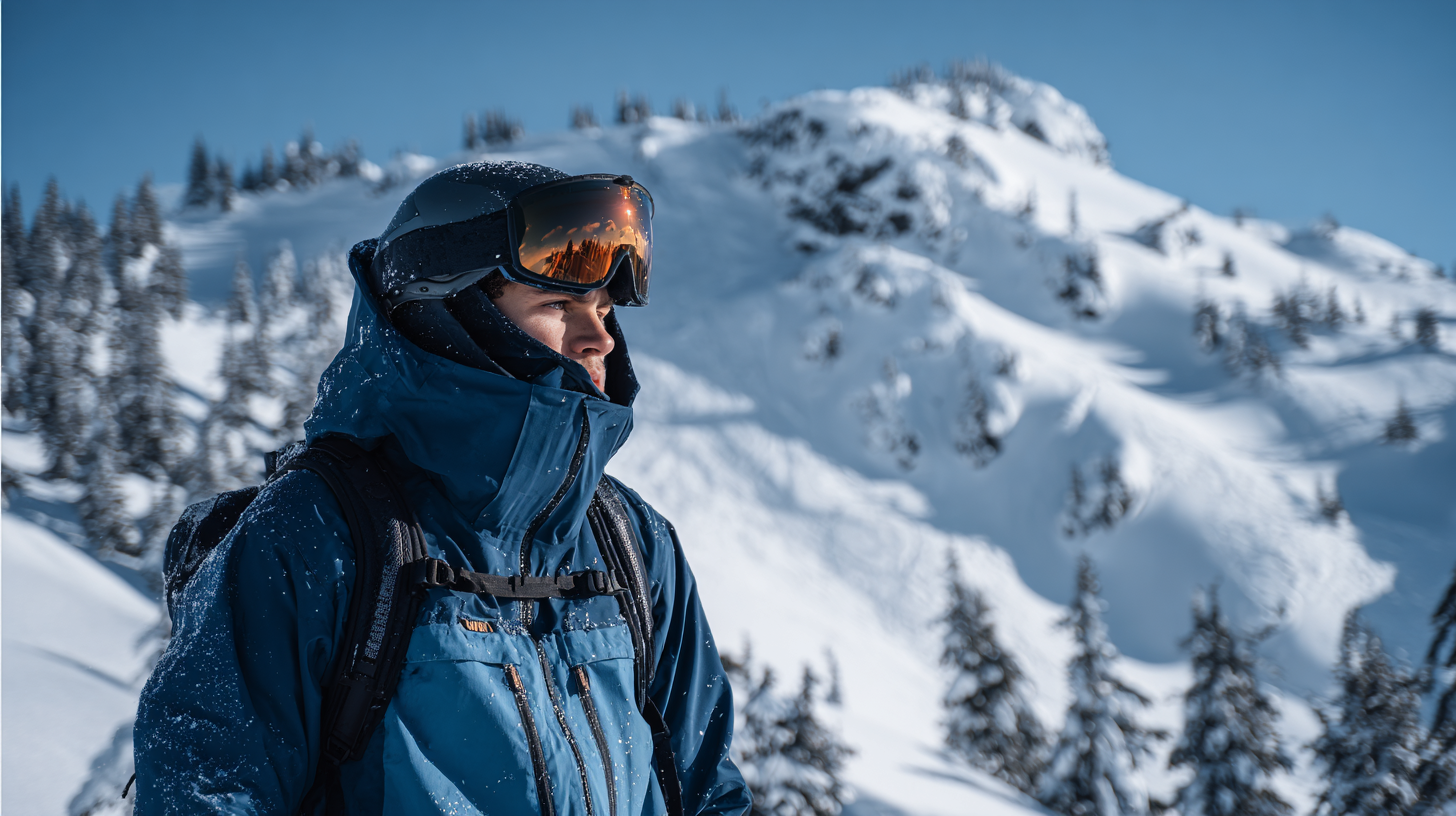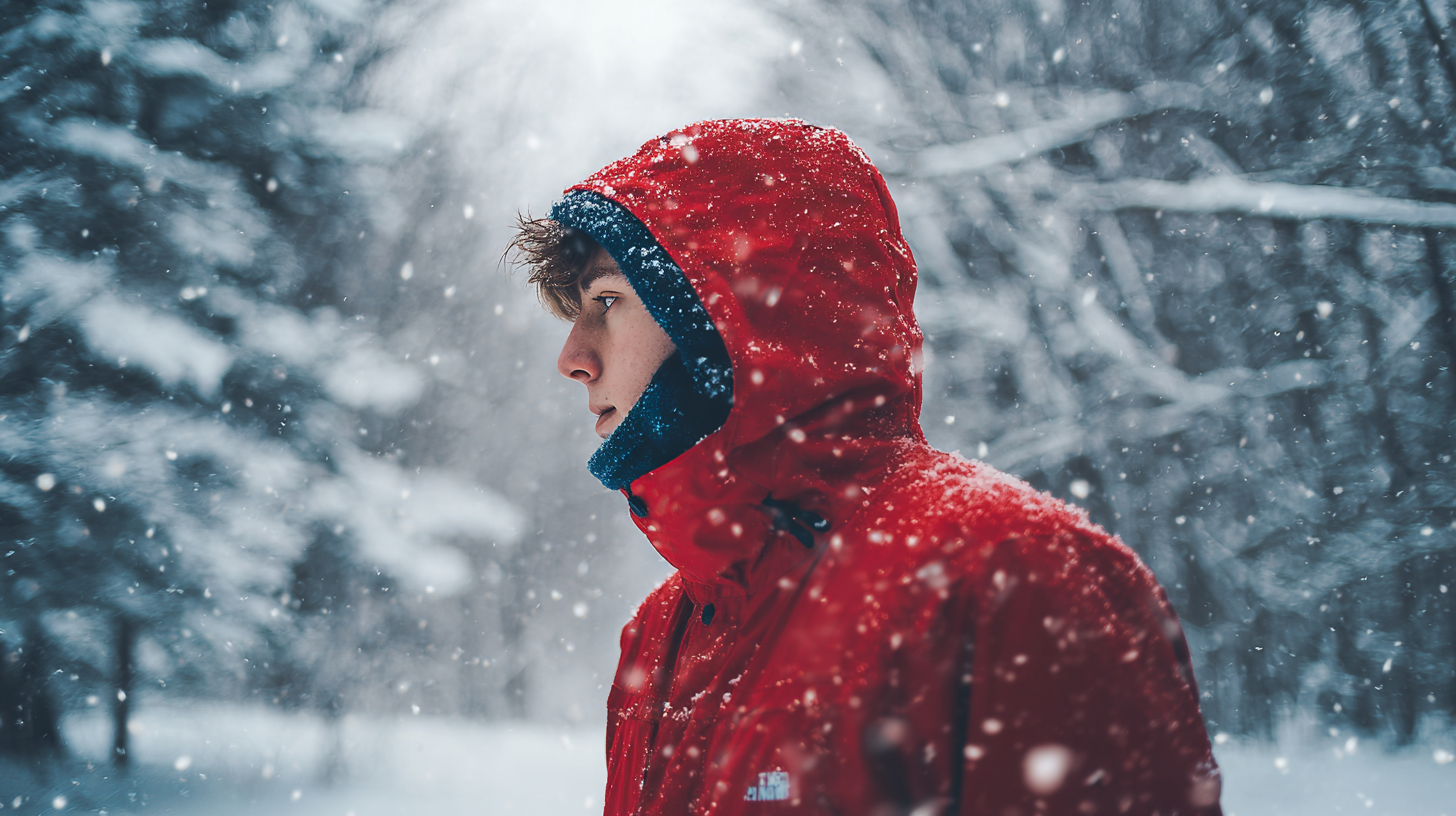As winter approaches, the quest for the ultimate snow jacket intensifies, prompting outdoor enthusiasts to seek the perfect blend of warmth, durability, and style. This blog explores the top alternatives to the best snow jackets available on the market, providing an insightful look into options that offer exceptional protection against harsh winter elements. Our focus on winter gear is not just about comfort; it's about ensuring that every adventure amidst snowy landscapes is both enjoyable and safe. With a commitment to quality and reliability, we will also highlight trusted Brands that embody the craftsmanship associated with "global trust in Chinese manufacturing - quality that remains consistent." Whether you are carving through powder or enjoying a tranquil day on the slopes, the right snow jacket can make all the difference in your winter experience. Join us as we delve into a selection of snow jackets that provide unparalleled performance and value, ensuring you stay warm and protected all season long.

The evolution of snow jacket technology has been remarkable, driven by advancements in materials and design. Today's snow jackets employ high-performance fabrics that enhance breathability while providing waterproof protection. According to a 2022 market report by Grand View Research, the global outdoor apparel market, which includes snow jackets, is projected to reach $21.9 billion by 2027, reflecting a growing demand for innovative products that cater to winter sports enthusiasts. This trend is fueled by a focus on features such as thermal insulation and moisture-wicking capabilities, which are essential for maximizing comfort and performance in extreme conditions.
Key industry standards to consider when evaluating snow jackets include insulation efficiency, waterproof ratings, and durability. The industry generally benchmarks insulation performance using the CLO value, which measures the thermal resistance of fabrics. A high CLO value indicates superior warmth without bulk, which is a critical consideration for layering and mobility. Additionally, waterproof ratings measured in millimeters, typically ranging from 5,000 mm to over 20,000 mm, help consumers determine how well a jacket can withstand heavy snowfall or rain. These standards are crucial in selecting the right snow jacket for varying conditions, ensuring that adventurers remain protected and comfortable on the slopes.
When it comes to winter protection, the right snow jacket can make all the difference, but it’s essential to consider alternatives that offer exceptional insulation. Many leading outdoor brands have developed innovative materials and technology that rival the traditional heavyweights. According to a report by the Outdoor Industry Association, 79% of consumers prioritize performance features like insulation when selecting winter apparel, highlighting the demand for quality alternatives.
Brands such as Patagonia, The North Face, and Columbia have paved the way, but emerging players like Arc'teryx and Mountain Hardware are gaining traction with their advanced insulation techniques. For instance, Arc'teryx’s use of Coreloft insulation allows for a lighter jacket that retains warmth even when damp, outperforming traditional down in wet conditions. Studies show that jackets utilizing synthetic insulation can reduce thermal conductivity by up to 25% during high-activity environments, making them a robust choice for avid winter sports enthusiasts.
Furthermore, sustainability is becoming a significant consideration for consumers, with a report from Nielsen indicating that 73% of millennials are willing to pay more for sustainable products. Many alternative brands are stepping up to meet this demand, incorporating recycled materials into their designs without sacrificing insulation efficiency. This shift not only aids in protecting against the elements but also supports eco-friendly practices, redefining what it means to stay warm in winter.
The chart above displays the performance ratings of various aspects of top alternative snow jackets, including insulation, water resistance, breathability, weight, and durability. Each aspect is rated from 1 to 10, showcasing the advantages of these jackets in winter conditions.
When it comes to winter sports, having the right snow jacket can make all the difference in your comfort and performance. One key aspect to consider is moisture management, which is heavily influenced by the breathability ratings of different jackets. Breathability refers to a fabric’s ability to allow moisture from your body to escape while preventing external moisture from entering, creating a balance that keeps you dry and warm during intense activities.

Different snow jackets employ various technologies to enhance breathability. For example, some use advanced membranes that feature microscopic pores, which allow sweat vapor to exit but block water droplets. Others incorporate moisture-wicking fabrics that pull sweat away from the skin and distribute it across the surface for faster evaporation.
Comparing these breathability ratings can help you find a jacket that not only protects against the elements but also keeps you comfortable during long days on the slopes or in the backcountry. Ultimately, understanding moisture management—especially how breathability affects your overall experience—can guide you to the best snow jacket alternatives that suit your winter adventures.
As winter approaches, the pursuit of the perfect snow jacket goes beyond just warmth and waterproofing; sustainability plays a crucial role in today’s outerwear choices. Brands are increasingly recognizing the importance of eco-friendly materials, pushing for innovations that reduce environmental impact. Recycled fabrics, such as those derived from recycled plastics and discarded garments, are becoming popular alternatives that provide both performance and sustainability. These materials not only minimize landfill waste but also help conserve natural resources, making them an ideal choice for the conscious consumer.

Moreover, many outdoor companies are committing to ethical production processes. This involves ensuring fair labor practices and reducing carbon footprints throughout manufacturing. By selecting jackets made from sustainable materials, outdoor enthusiasts can enjoy winter sports while supporting eco-friendly practices. When you choose a snow jacket designed with the planet in mind, you are not only investing in quality winter protection but also contributing to a more sustainable future. As we gear up for the cold season, let’s embrace these alternatives that prioritize the well-being of our planet without compromising on style or performance.
When it comes to selecting the ideal snow jacket, understanding user satisfaction is key. Customer reviews provide a wealth of information about real-world performance and durability in tough winter conditions. Many users emphasize features like warmth, waterproofing, and breathability—elements that are critical for any winter adventurer. For instance, a jacket that excels in insulation but fails in moisture management can leave wearers feeling uncomfortably cold and damp, thus negatively impacting their outdoor experience.
Furthermore, performance metrics such as thermal efficiency and user comfort are often evaluated by consumers after extensive use. Reviews frequently highlight how well a jacket retains heat, as well as any issues with fit or mobility. Some users appreciate jackets with adjustable features that cater to varied body types and personal preferences.
By analyzing this feedback, potential buyers can make informed choices that align with their winter activities, whether skiing, snowboarding, or simply braving the elements. This focus on user experiences sheds light on top alternatives that rival even the most popular options in the market.